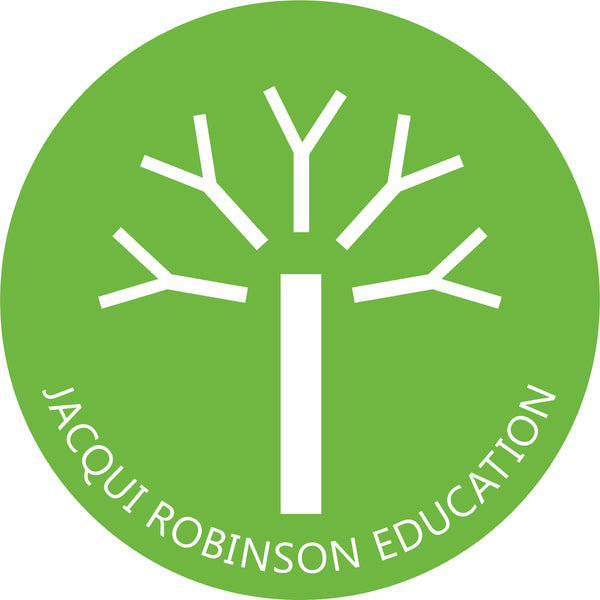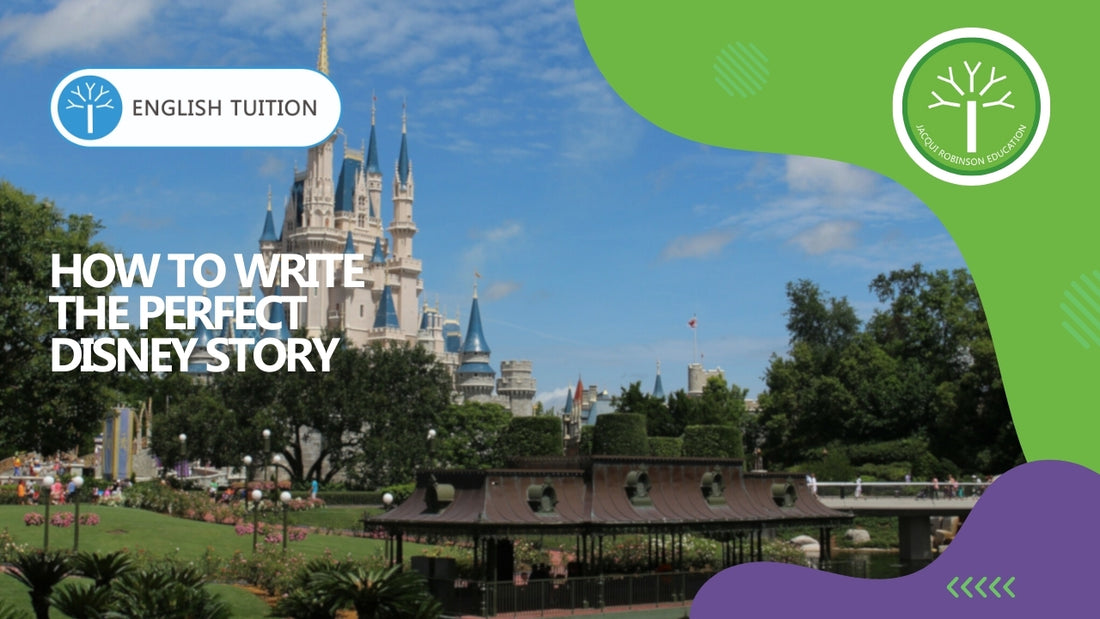When watching Disney classics like The Lion King, Toy Story and Beauty & The Beast, you are drawn into the story, the adventure and hang on to a character's every word.
The success of Disney and Pixar has been unprecedented. They have had this triumph, not only for the script and novel backgrounds but also for the presentation of their stories. It is the developer's passion that moves a plot from the ordinary into the extraordinary.
Their movies and stories succeed with a specific narrative arc that they use over and over again. If you look at Disney and Pixar movies, they are variations on this same timeless theme.
When telling a story, you have the power to inspire people and stimulate their imagination. These magical plots not only work in stories and films but can also help us with our confidence and our growth mindset. If you are faced with a problem, you are able to picture yourself as a brave Simba about to confront the dictator Scar or an ambitious Anna ready to climb the North Mountain to save Elsa.
Following these steps, your child will be able to create Disney's next hit film whilst also developing their writing and storytelling skills.
Give it a go!
HERE ARE THE 7 STEPS ON HOW TO CREATE A PERFECT DISNEY STORY
1) A Challenging Start Calls For Adventure
The first thing every Disney movie starts off with are rules.
For Example, Ariel from The Little Mermaid is confined to the ocean but she longs to be apart of the surface world. By collecting objects that have fallen into the ocean, her desire grows simultaneously to her restrictions. Ariel then decides that the urge for change is too strong and makes a deal with the devil to venture into a part of our world.
To start your story, begin to think of a set of rules that contradict with your character's dream and ambitions.

2) A Partner or Companion
At some point within each Disney film, a friend or unlikely companion will unintentionally guide our protagonist to greatness.
The Genie grants all of Aladdin’s wishes but even more so advises him on how to succeed.
Be creative with these characters. Think of how many side-kicks are humorous animals. Make your audience root for the dynamic duo.

3) Challenges and Temptations
Every protagonist in every film will eventually have a challenge to face, like in Beauty and the Beast.
Although she soon becomes comfortable with her new life, Belle sacrifices it all to free her father from the clutches of the vicious Beast. The story follows Belle’s journey and the conflict with her keeper. She is able to overcome her challenges and refrain from the temptation to escape due to the fact that it will only make things worse for her and her father later on.
All challenges will be different so be inventive in the journey that your protagonist is about to undertake.

4) Despair
Just when events look like they are about to reach their peak after overcoming all hurdles, a sudden twist eventually comes, just like in Tangled.
Rapunzel is on cloud nine and has achieved all that she would have wanted and more until the inevitable comes. Mother Gothel cleverly recaptures her prize and Rapunzel becomes subject to despair when the realisation that her dream was not what it had seemed.
Appealing to emotion sparks a reaction in your audience. Whether it be humour, joy or despair, you can never go wrong by being emotive.

5) Revelation and Hope
Following this despair comes the realisation of hope like a ray of sun bursting through a torrential storm.
Moana had lost her companion following a defeat and she was ready to give up. However, she then has a dramatic return after recalling her heritage and diving into the ocean to continue her expedition alone.
You can only avoid the problem for so long and, after a period of reflection, it’s time to face your failure but with new knowledge your character has learnt on their journey.

6) Atonement
Righting your wrongs is a crucial part of any characters journey in a story to ensure a full circle. If this is not done, no Disney film can have the desired happy ending. Following plot lines through to the end serve a real purpose and will have a bigger impact on the audience.
Inspired from Shakespeare’s Hamlet, the Lion King displays atonement through Simba re-entering the Pridelands to amend his wrongs and abolish Scar’s ruthless tyranny over the pride.
Your protagonist will have to find a way to, against all odds, make things right in an epic final showdown.

7) Return To Normality
Following this epic journey of your character, we reach our happy ending and have returned to the life that we know.
Through ups and downs and twists and turns, comfort often comes from those things we are accustomed to.
Our protagonists come home to settle back into their home life, incorporating lessons and ideas that they have learnt on their adventure, just like in Frozen.

And they all lived happily ever after.
You have just written the best Disney story that you could ever write.
Now, brace yourself for the sequel!
Don’t stop here. Continue to push the limits of your imagination and continue to create a gripping and exciting adventure. We all love a thrilling story and, when successfully done, you are able to introduce listeners to your ideas and give them a vibrant experience of your vision.
We would love to hear about your Disney classic that you have created!

